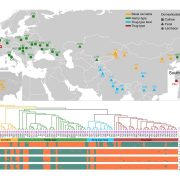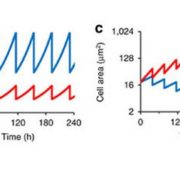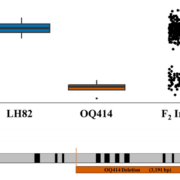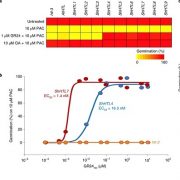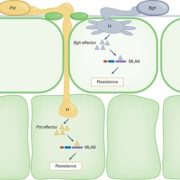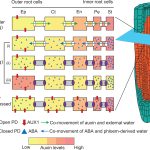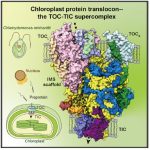A teosinte gene enhances seed protein content in maize
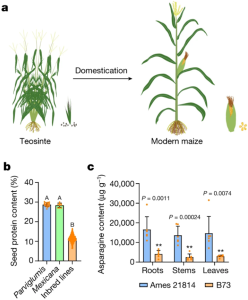 Increasing nitrogen-use efficiency (NUE) and seed protein content are important for maize breeding. Modern maize hybrids have 6.5-16.5% seed protein content, while the wild ancestor of maize, called teosinte, has ~30% seed protein content. In addition, teosinte (accession Ames 21814) contains notably higher levels of asparagine than modern maize (accession B73). Huang et al. crossed Ames 21814 with B73 to perform genome assembly and map-based cloning, from which they identified an important high-protein quantitative trait locus (QTL), named TEOSINTE HIGH PROTEIN9 (THP9). The THP9 QTL contains an asparagine synthetase 4 (ASN4) gene. The B73 THP9 locus contains a premature stop codon, making it a null allele. Overexpressing teosinte THP9 in B73 increased the seed protein content from ~12% to 14%-17%, and improved NUE in low-nitrogen conditions. The identification of THP9 will benefit maize breeding, which could potentially reduce the use of nitrogen fertilizers and produce more vegetable proteins for human diets. Notably, the overexpression of teosinte THP9 locus in B73 did not fully increase the seed protein content level to teosinte level, indicating there are more high-protein QTLs to be discovered. (Summary by Xiaohui Li @Xiao_hui_Li) Nature 10.1038/s41586-022-05441-2
Increasing nitrogen-use efficiency (NUE) and seed protein content are important for maize breeding. Modern maize hybrids have 6.5-16.5% seed protein content, while the wild ancestor of maize, called teosinte, has ~30% seed protein content. In addition, teosinte (accession Ames 21814) contains notably higher levels of asparagine than modern maize (accession B73). Huang et al. crossed Ames 21814 with B73 to perform genome assembly and map-based cloning, from which they identified an important high-protein quantitative trait locus (QTL), named TEOSINTE HIGH PROTEIN9 (THP9). The THP9 QTL contains an asparagine synthetase 4 (ASN4) gene. The B73 THP9 locus contains a premature stop codon, making it a null allele. Overexpressing teosinte THP9 in B73 increased the seed protein content from ~12% to 14%-17%, and improved NUE in low-nitrogen conditions. The identification of THP9 will benefit maize breeding, which could potentially reduce the use of nitrogen fertilizers and produce more vegetable proteins for human diets. Notably, the overexpression of teosinte THP9 locus in B73 did not fully increase the seed protein content level to teosinte level, indicating there are more high-protein QTLs to be discovered. (Summary by Xiaohui Li @Xiao_hui_Li) Nature 10.1038/s41586-022-05441-2


